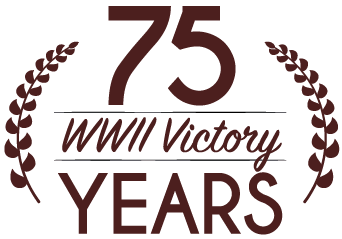As many as 100 of the privately owned aircraft were set to fly over the National Mall in Washington, D.C., to commemorate the war's end. Weather disrupted those plans.
MOAA is supporting the flyover and related events. The events were organized by the General Aviation Manufacturers Association, National Air Traffic Controllers Association, International Council of Airshows, and the Commemorative Air Force, and supported by MOAA. In September, a similar event has been planned for Hawaii to honor the end of the war with Japan.
The "arsenal" slogan came from President Franklin D. Roosevelt’s fireside chat "On National Security," airing Dec. 29, 1940. He promised aid to the United Kingdom in its fight against Nazi Germany, stating "We must be the arsenal of democracy."
The land-sea-air war was an integrated team effort.
The aircraft set to be featured in the flyover in some cases — such as the four-engine strategic bombers — crossed large land and water masses to carry the war to the German and Japanese homelands.
Small aircraft included the Navy and Marine Corps dive and torpedo bombers as tactical weapons used to support ground advances.
The fighters had dual roles of protecting the bombers and providing close-air support to the soldiers and Marines on the ground.
The transports carried much-needed supplies in every theater and at every front, as well as dropping paratroopers in precise operations. Vast infrastructures of ground-crew personnel and supplies supported the pilots and aircrews. Here is a closer look at some of the aircraft set to take part in the commemoration.


















